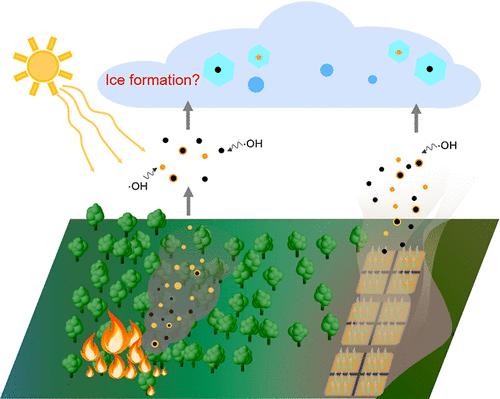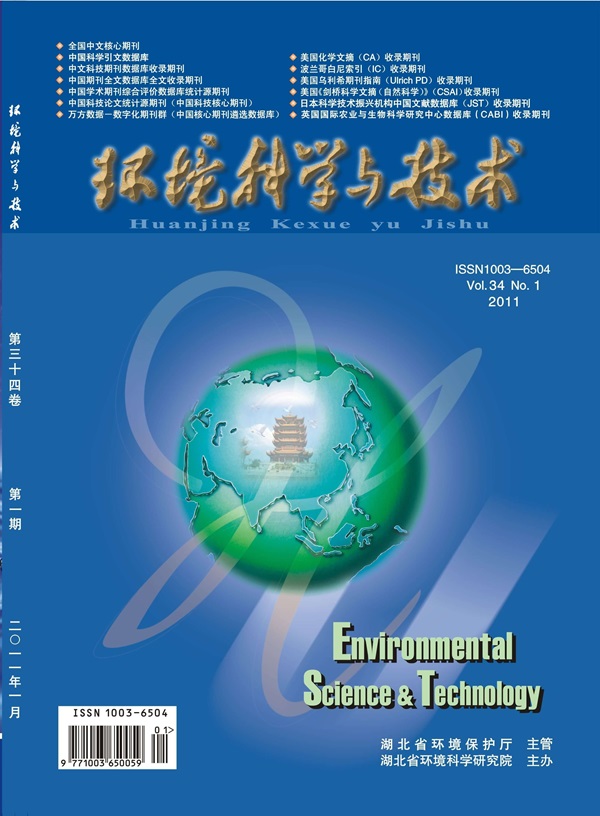Ice Nucleation Abilities and Chemical Characteristics of Laboratory-Generated and Aged Biomass Burning Aerosols
IF 10.8
1区 环境科学与生态学
Q1 ENGINEERING, ENVIRONMENTAL
引用次数: 0
Abstract
Biomass burning aerosol (BBA) contributes significantly to the global aerosol burden, yet its chemical nature and ice nucleation activities (INAs) are unconstrained due to the heterogeneity in biomass sources and complex evolution of atmospheric aging processes. This study comprehensively investigates the chemical composition and INA of BBA generated through laboratory-controlled burns with different biomasses and burning conditions. Both freshly emitted and photochemically aged BBA produced from different processes exhibit distinct and reproducible chemical compositions. However, the INA of BBA shows substantial variability at mixed-phase cloud temperatures and cannot be predicted by the chemical variability of the enriched carbonaceous materials. This indicates the negligible role of carbonaceous materials in determining the INA of BBA. Using laboratory data, we further evaluate the impact of BBA on atmospheric ice nucleation using particulate matter mass concentration and particle equivalent spherical radius. The estimated ice nucleating particle (INP) concentrations contributed by laboratory-produced BBA are lower than those observed during BBA pollution in field studies. This discrepancy is likely attributed to co-lofted mineral particles during real-world biomass burning, such as ash or soil particles, rather than carbonaceous-rich particles from combustion. We encourage further research to quantify the contribution of mineral particles to the INP concentrations of BBA.

求助全文
约1分钟内获得全文
求助全文
来源期刊

环境科学与技术
环境科学-工程:环境
CiteScore
17.50
自引率
9.60%
发文量
12359
审稿时长
2.8 months
期刊介绍:
Environmental Science & Technology (ES&T) is a co-sponsored academic and technical magazine by the Hubei Provincial Environmental Protection Bureau and the Hubei Provincial Academy of Environmental Sciences.
Environmental Science & Technology (ES&T) holds the status of Chinese core journals, scientific papers source journals of China, Chinese Science Citation Database source journals, and Chinese Academic Journal Comprehensive Evaluation Database source journals. This publication focuses on the academic field of environmental protection, featuring articles related to environmental protection and technical advancements.
 求助内容:
求助内容: 应助结果提醒方式:
应助结果提醒方式:


